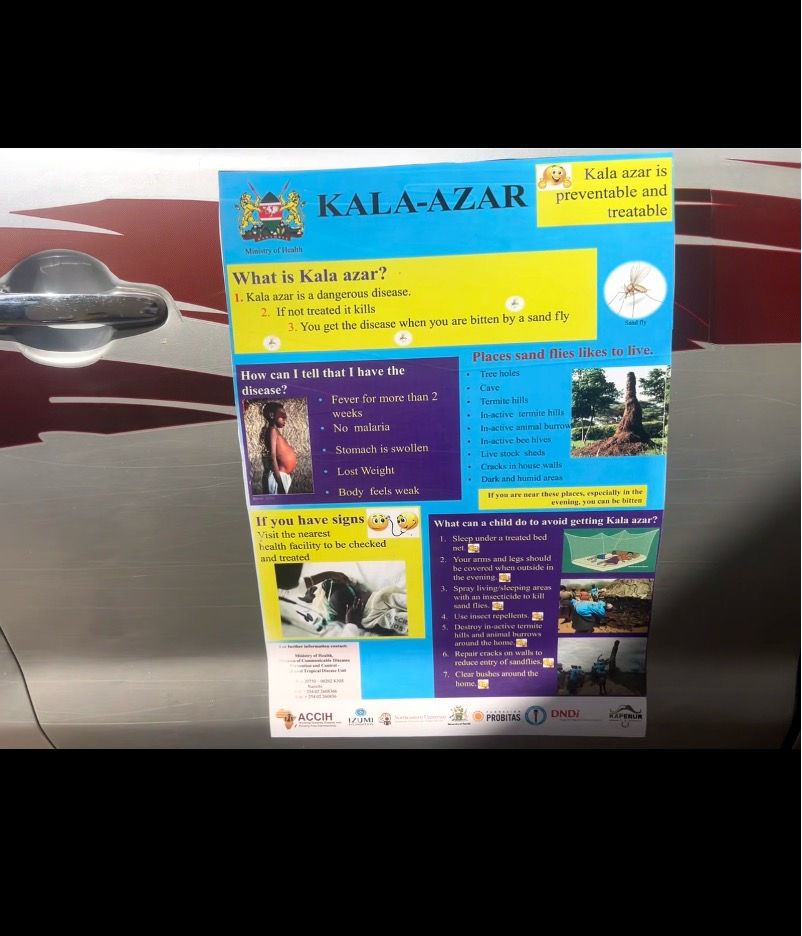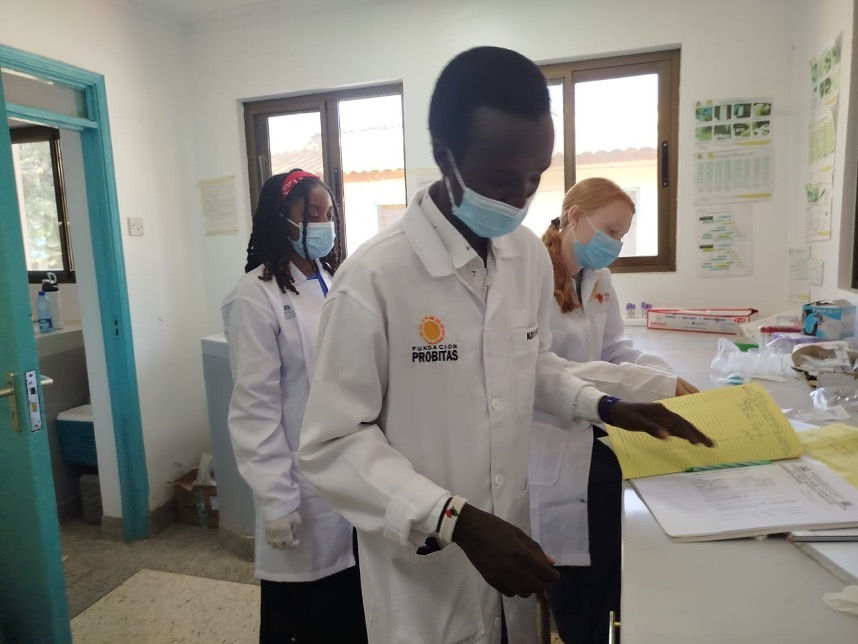The Rift and the Remedy: Community-Centered Care to Address Kala-azar in Rural Kenya
- Maya Abner
- Aug 11
- 3 min read
Having been connected through my Masters in Global Health Equity, I was afforded the privilege to complete a global internship through the African Centre of Community Investment in Health ACCIH. Upon arrival, I was in awe of how beautiful the country of Kenya was. I was enamored with the beautiful wildlife, agriculture, and culture. Driving from Nairobi to Baringo county, I saw amazing views of the great rift valley and several lakes. These views were not the average sites I would see in my day-to-day life living in the city of Milwaukee, WI. I also took notice of the vast difference the city of Nairobi was from Baringo county.
Nairobi was a very busy and congested city. Baringo county, specifically Chemolingot, was significantly less populated. I remember first driving through Chemolingot and seeing only three roads where shops run by the townspeople were concentrated. A common theme I remember seeing was how people would spend their days just merely surviving. During one of the home visits, a woman told me she would have to walk 2 kilometers to the nearest source of water. I imagined her walking back and forth in the sweltering heat carrying a 5-gallon jerry can of water and it still not being adequate enough to sustain life. Unfortunately, this was the norm and water sources could also be at risk of contaminants resulting in people getting sick.

Similar to access to clean water, there are extreme barriers many people face with accessing healthcare. There is no official transportation system, and many people do not live by inaccessible roads. While traveling to the home visits, the roads were typically made of dirt or big rocks that made for an arduous path for people traveling on wheels or foot. In order to help bridge the gap between health and access, community health promoters (CHPs) are dedicated to meeting people where they are. For example, the CHPs go out in the field to conduct home visits in order to assess the needs of the household and give suggestions based on what they find. While we were accompanying the CHP during a home visit, he assessed that the woman implemented his suggestion of building a hand washing station. Some things he further suggested was to build a pit latrine to serve as a restroom and eliminate the potential breeding sites for sandflies. The specific breeding sites he mentioned were the termite mounds around the home, any open standing water, and cracks/crevices in the home foundation or walls where sandflies would ideally come to lay eggs.

The effort to eliminate sand flies is to reduce incidence of Kala-azar cases, also known as Visceral Leishmaniasis (VL). According to the World Health Organization, VL is a parasitic disease transmitted through sandflies and if left untreated the disease is fatal in over 95% of cases. ACCIH has been committed to educating communities in Baringo county about the disease and providing resources for testing and treatment. In fact ACCIH works closely with Chemolingot subcounty hospital which is neighboring ACCIH’s Termes center. Chemolingot subcounty hospital offers laboratory testing and has a kala-azar ward dedicated to treatment. People diagnosed with the disease undergoes a 17 day treatment plan that includes a combination of sodium stibogluconate (SSG) and paromomycin (PM). From what I observed, children made up the majority of patients receiving treatment at the hospital. Overall, I witnessed neglected tropical diseases like kala-azar are substantial challenges and it is paramount that organizations like ACCIH continue to raise awareness and connect the community to resources that people need but unfortunately lack access to.





Comments